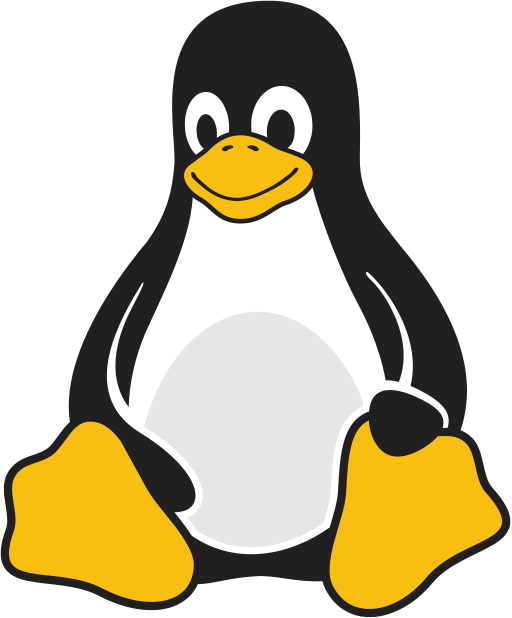Linux, the open-source operating system, has gained immense popularity for its flexibility, security, and vast customization options. Whether you’re a seasoned techie or a curious beginner, diving into the world of Linux can be an enriching experience. This guide will equip you with the foundational knowledge to embark on your Linux journey.
Understanding Linux Distributions
Unlike Windows, which comes as a single entity, Linux comes in various flavors called distributions, or “distros.” Each distro caters to specific needs and preferences. Some popular choices include:
- Ubuntu: Renowned for its user-friendliness, making it ideal for beginners.
- Fedora: Known for its bleeding-edge technology and focus on innovation.
- Debian: Highly regarded for its stability and robust package management system.
- Linux Mint: Offers a familiar, Windows-like interface with a focus on ease of use.
Choosing Your Distro
The best distro for you depends on your goals and comfort level. Ubuntu or Linux Mint are excellent starting points for newcomers. If you prefer a more cutting-edge experience, Fedora might be your cup of tea. For those valuing stability and a vast software repository, Debian is a solid choice.
Installation
Most distros provide user-friendly installers that guide you through the process. You’ll typically need:
- A bootable USB drive: Download the ISO image of your chosen distro and use a tool like Rufus to create a bootable USB.
- Disk space: Allocate sufficient space on your hard drive for Linux. You can dual-boot alongside Windows or replace it entirely.
- Backup your data: Before making major system changes, always back up your important files.
The Command Line
The command line, often called the terminal, is a powerful tool in Linux. While graphical interfaces exist, mastering basic command-line commands can significantly enhance your control over the system. Some essential commands include:
- ls: List files and directories.
- cd: Change directory.
- mkdir: Create a new directory.
- rm: Remove files or directories.
- sudo: Execute commands with administrator privileges.
Package Management
Linux distributions employ package managers to streamline software installation, updates, and removal. Popular package managers include apt (Debian, Ubuntu), dnf (Fedora), and pacman (Arch Linux). These tools allow you to install software from vast repositories with ease.
Customization
Linux’s unparalleled customization is one of its greatest strengths. You can tailor the desktop environment, themes, icons, and system settings to your liking. Popular desktop environments include GNOME, KDE Plasma, Xfce, and Cinnamon.
Pro Tips:
- Explore online communities: Linux boasts a vibrant online community ready to assist with troubleshooting and guidance.
- Embrace the learning curve: Don’t be afraid to experiment and gradually expand your knowledge. Linux rewards those who invest time in understanding its intricacies.
